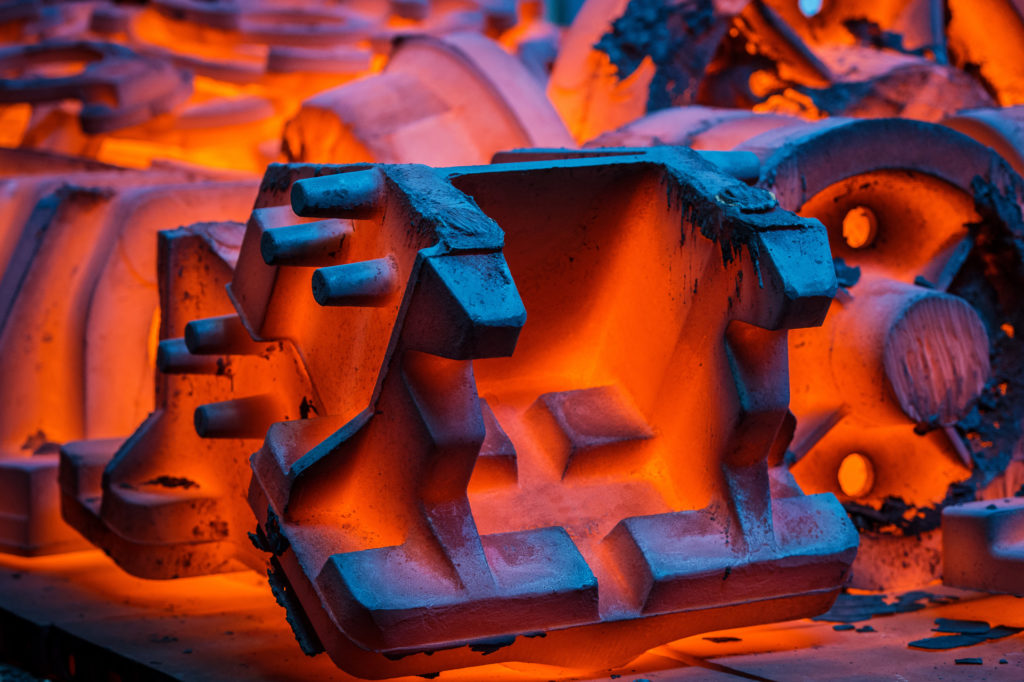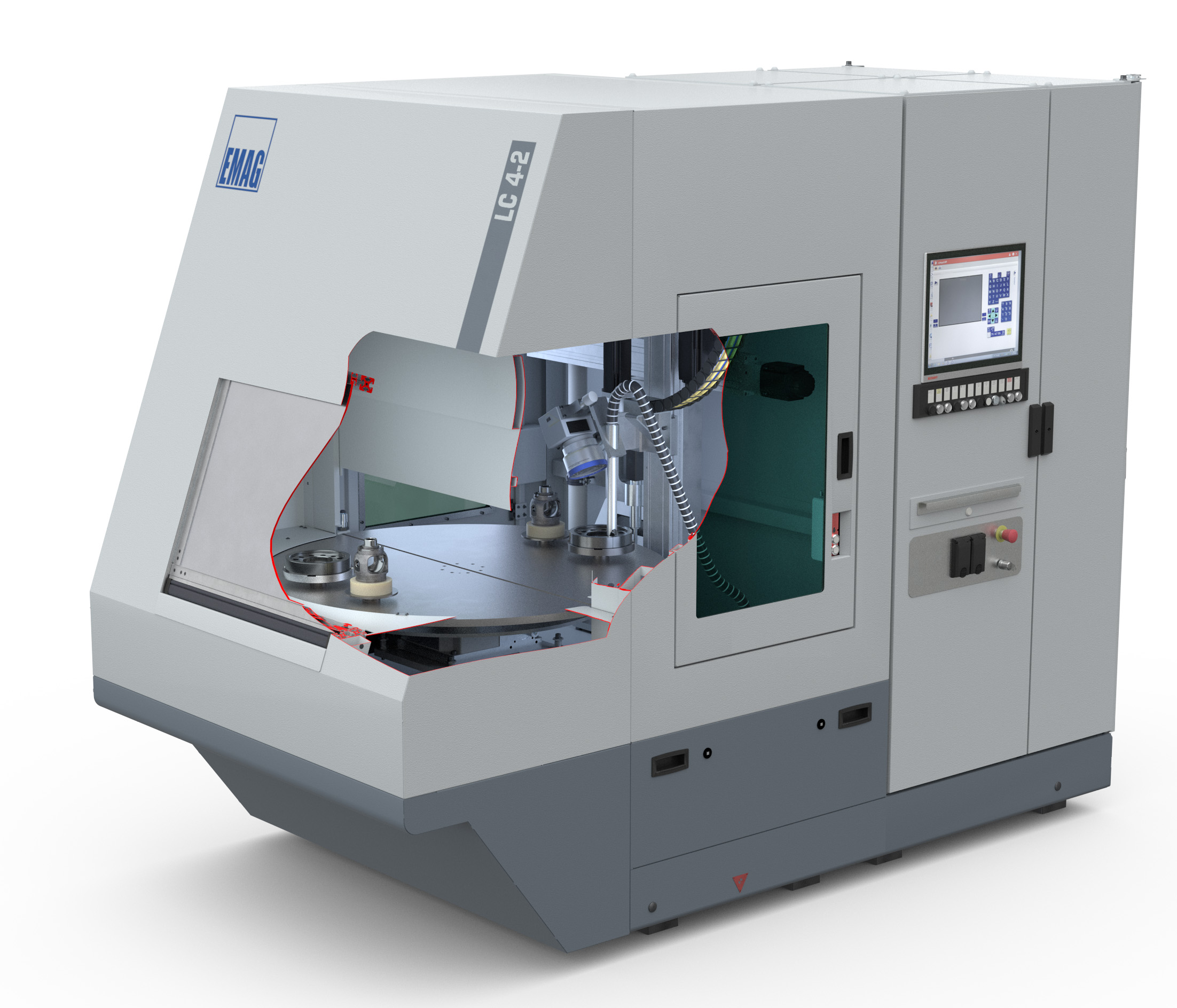 The trends expected from 2016 to 2020 in the sector of heat treatments provide for an increment of both new plants and services that will reach the 5-6% growth against a global rise of economy ranging from 0.5 to 1.5%, mainly in virtue of the growth of the manufacturing market of the automotive industry, which expects to attain 100,000,000 of cars produced in 2020 against 92,000,000 in 2015. This implies, however, some notable innovations in the implementation of heat treatment plants, also in virtue of CQI 9 regulations introduced by major car manufacturers on a world scale. This implies the evolution of the following changes:
The trends expected from 2016 to 2020 in the sector of heat treatments provide for an increment of both new plants and services that will reach the 5-6% growth against a global rise of economy ranging from 0.5 to 1.5%, mainly in virtue of the growth of the manufacturing market of the automotive industry, which expects to attain 100,000,000 of cars produced in 2020 against 92,000,000 in 2015. This implies, however, some notable innovations in the implementation of heat treatment plants, also in virtue of CQI 9 regulations introduced by major car manufacturers on a world scale. This implies the evolution of the following changes:
1) Notable increase of computerization on plants, with the constant monitoring of all functions and of all fluids used, both in their flowrates and pressures.
2) Possible creation of protocols on the furnace information system, with filing of all necessary functions (temperature, pressures of gases and their flowrates, time signals of start/stop and so on), which has created a sort of manufacturing vade mecum used all over the world, allowing our customers to produce in the same way everywhere.
3) Remote connection of furnaces and technicians’ possibility of dialoguing directly from the furnace computer with experts who can then control the functions, give information to customers’ technicians and provide training remotely.
4) Improvement of the environmental impact in the use of state-of-the-art furnaces, with replacement of old plants that produce a lot of CO2, which heat work environments and release high emissions into the atmosphere. The constant pursuit of the reduction of heat treatment costs allows making investments in new plants that drastically reduce the polluting effects of old plants.
5) Notable reduction of accidents in ovens, with constant research and development almost annulling the possibility that a machinery like a furnace can cause accidents. The continuous applied research and the constant application of suitable instruments allow reducing, or even zeroing, the eventual human errors, compelling the use of furnaces under safety conditions.
6) Widening of the Countries where heat treatment plants will be used, like Vietnam, Egypt and Africa, while notable increments will occur in Mexico, India and Indonesia. The investments in heat treatment plants for metals will increasingly move towards these Countries. This will be a trend of the next 10-15 years.



